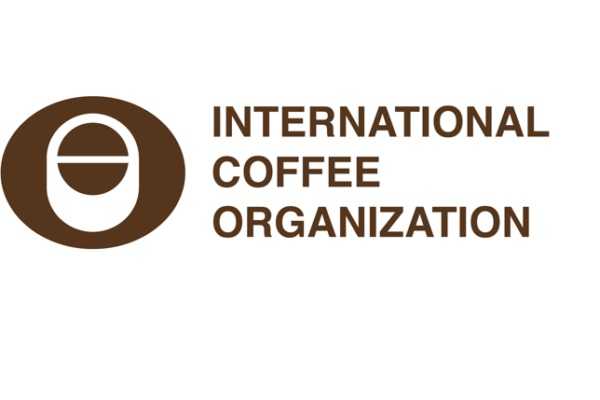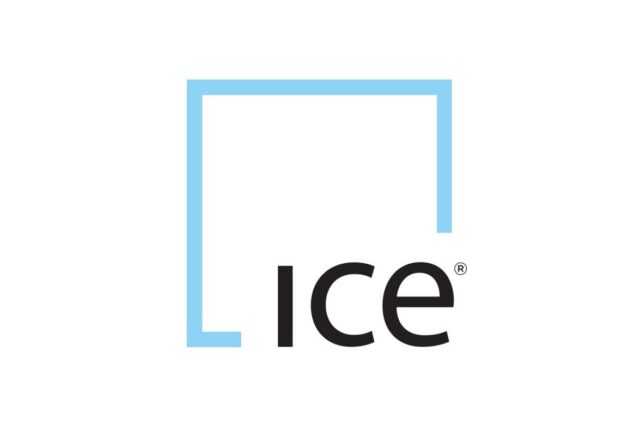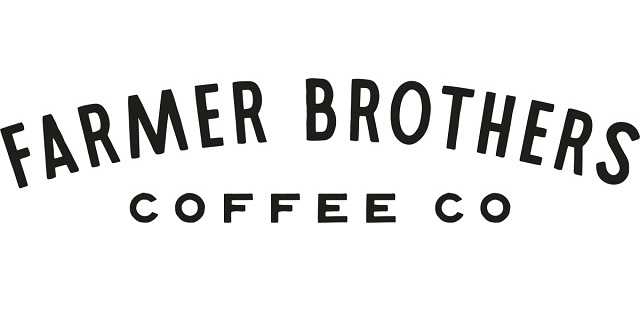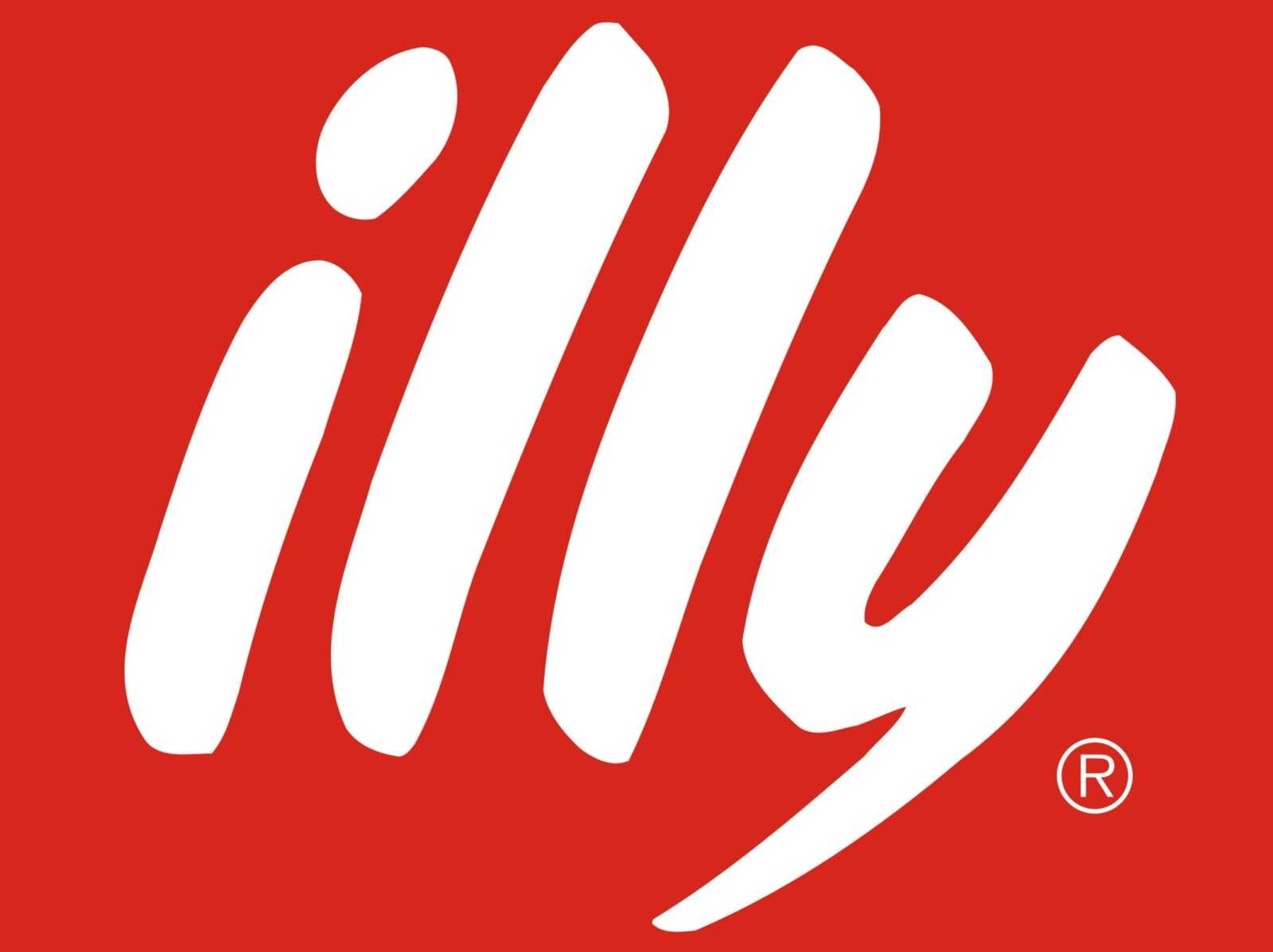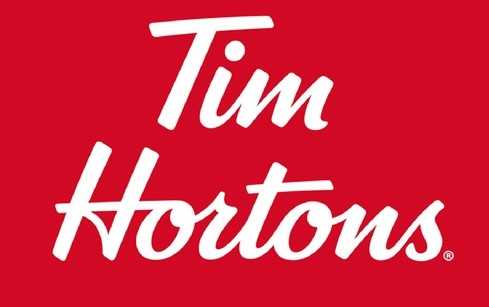LONDON, UK – On Thursday, the Ico released its monthly report for October. Export statistics contained in the report show an unprecedented increase in exports for CY 2023/24. In the coffee year ending 30 September, world exports of all forms of coffee grew by 11.7%, to 137.273 million bags, from 122.92 million in 2022/23.
Positive trends were reported for all coffee groups. Arabica exports recorded double-digit growth (+15.2%), surging to 84.678 million, driven first and foremost by shipments of Brazilian Naturals, which reached the unprecedented volume of 45.283 million (+22.8%).
Exports of Colombian Milds rose to 13.195 million, up 12% on-year. Other Milds also recovered significantly (+5.4%), reaching a total of 26.2 million. Robusta exports reached a new all-time high of 52.595 million (+6.5%).
The ICO Composite Indicator Price (I-CIP) averaged 250.56 US cents/lb in October, a 3.2% decrease from September 2024. The I-CIP posted a median value of 249.99 US cents/lb and fluctuated between 241.70 and 263.96 US cents/lb. The October 2024 I-CIP is above the October 2023 I-CIP by 64.9%, with the 12-month rolling average at 202.92 US cents/lb (whereas the November 2023 I-CIP was 161.53 US cents/lb).
The Colombian Milds and Other Milds decreased by 0.8% and 0.6%, reaching 277.10 and 276.82 US cents/lb, respectively, in October 2024. The Brazilian Naturals also depreciated, decreasing by 0.5% to 255.85 US cents/lb in October 2024. The Robustas contracted 8.3% to 221.93 US cents/lb. The New York and London ICE markets were drivers of the contraction, decreasing by 1.3% and 8.2% and reaching 250.62 and 207.11 US cents/lb, respectively.
On 2 October, a press release was published saying that the European Commission “strengthens support for EU Deforestation Regulation implementation and proposes extra 12 months of phasing-in time, responding to calls by global partners”. The news had a bearish impact on the I-CIP, with a market reaction driving the price to 245.29 US cents/lb by 7 October from 263.96 US cents/lb on 1 October. On 16 October, the Council agreed on its position on the targeted amendment of the EU Deforestation Regulation, postponing its date of application by 12 months. As a result, if agreed by the European Parliament, the obligations stemming from this regulation will be binding from 30 December 2025 for large operators and traders and from 30 June 2026 for micro- and small enterprises. The news of the agreement by the Council appears to have further added to the downward momentum of the I-CIP, which steadily fell throughout the remainder of the month, closing October on 242.25 US cents/lb. The Brazilian Real was an additional downward factor on the I-CIP, which reached a 3.5 year low against the dollar at 5.81 BRL to 1 USD on 31 October.
Exports by Coffee Groups – Green Beans
Global green bean exports in September 2024 totalled 9.69 million bags, as compared with 7.74 million bags in the same month of the previous year, up 25.2%. For coffee year 2023/24, exports of green beans were up 11.8% to 123.75 million bags from 110.72 million bags in coffee year 2022/23, an absolute increase of 13.02 million bags. This is the biggest annual increase on record, surpassing the previous highest of 9.27 million bags in coffee year 1995/96. The rate and the volume of increase in coffee year 2023/24 are largely a reflection of the base effect of two consecutive years of downturn (of 1.1% and 5.6%), with the world green bean exports falling from 118.66 million bags in coffee year 2020/21 to 110.72 million bags in coffee year 2022/23. As such, the double-digit increase in coffee year 2023/24 represents a recovery, and not necessarily an expansion, of the long-term trend. Contextualizing, world exports of green beans have been increasing at an average of 2.36 million bags every coffee year between coffee years 2010/11 and 2020/21, while there was an increase of only 1.69 million bags annually between coffee years 2020/21 and 2023/24. The actual exports level is below the potential level of 125.73 million bags.
Shipments of the Other Milds increased by 22.9% in September 2024 to 1.92 million bags from 1.56 million bags in the same period last year. For coffee year 2023/24, exports of the Other Milds were up 4.7% to 23.05 million bags from 22.02 million bags in coffee year 2022/23.
Green bean exports of the Brazilian Naturals increased in September 2024, jumping by 37.3% to 3.68 million bags. For coffee year 2023/24, exports of the Brazilian Naturals were up 22.6% to 41.89 million bags from 34.16 million bags in coffee year 2022/23.
Exports of the Colombian Milds increased by 22.3% to 0.99 million bags in September 2024 from 0.81 million bags in September 2023. For coffee year 2023/24, exports of the Colombian Milds were up 14.3% to 12.22 million bags from 10.69 million bags in coffee year 2022/23. For coffee year 2023/24, total green beans exports of Arabicas were up 15.47% to 77.17 million bags from 66.68 million bags in coffee year 2022/23.
Overall, for the Arabicas, the double-digit growth in coffee year 2023/24 should, like the total green bean exports, be viewed as recovery back onto the long-term trend. Like the total exports, exports of the Arabicas in coffee year 2023/24 followed two consecutive years of negative growth (3.1% and 10.4%) before recording the biggest absolute annual increase on record at 10.29 million bags. Contextualizing, exports of the Arabicas have been increasing at an average of 1.45 million bags every year between coffee years 2010/11 and 2020/21. The potential level of exports is 81.38 million bags.
Green bean exports of the Robustas were up 15.4% to 3.1 million bags in September 2024 from 3.59 million bags in September 2023. For coffee year 2023/24, exports of the Robustas were up 6.2% to 46.58 million bags from 43.84 million bags in coffee year 2022/23. It is the biggest annual exports on record and was largely driven by Brazil, which exported 9.02 million bags as compared with 2.84 million bags in coffee year 2022/23. The growth in Brazil’s exports more than compensated the large drop in exports from Vietnam, which shipped 23.19 million bags in coffee year 2023/24 as compared with 26.13 million bags in coffee year 2022/23. The origin, the world’s largest producer and exporter of the Robustas, has been struggling with domestic supplies, with production falling below the potential levels due to adverse weather conditions.
For coffee year 2023/24, the Arabicas’ share of total green bean exports increased to 62.4% as compared with 60.4% in coffee year 2022/23.
Exports by Regions – All Forms of Coffee
In September 2024, South America’s exports of all forms of coffee increased by 30.8% to 6.2 million bags. For coffee year 2023/24, exports of the region were up 30.7% to 66.13 million bags from 50.59 million bags in coffee year 2022/23. The region’s two largest producers and exporters, Brazil and Colombia, saw their total exports jump by 34.3% and 13.7%, respectively, to 49.03 million bags and 11.91 million bags. For Brazil, these are the largest exports on record. Part of the impetus for Brazil’s growth was the gap in the market created by Vietnam in the Robustas market. Although it is not widely acknowledged, Brazil is the second-largest Robustas producer in the world, accounting for 32.0% of global supply in coffee year 2022/23.
Exports of all forms of coffee from Africa increased by 14.3% to 1.37 million bags in September 2024 from 1.2 million bags in September 2023. For coffee year 2023/24, exports from the region were up 17.3% to 16.02 million bags from 13.66 million bags in coffee year 2022/23. Ethiopia was the main driver of the region’s double-digits growth, with the origin’s exports up 63.5% to 5.59 million bags in coffee year 2023/24 as compared with 3.42 million bags in coffee year 2022/23.
These are the largest exports on record for the origin, and it is also the first time the 5.0 million bags ceiling has been breached. The underlying reason for Ethiopia’s double-digit growth was the resolution of internal contract disputes, which had led to export shipments being delayed in coffee year 2022/23. Once again, contextualization is necessary when analysing the exports of Ethiopia: exports fell in coffee year 2022/23 by 15.0% to 3.42 million bags from 4.02 million bags in coffee year 2021/22, the lowest level since 3.09 million bags in coffee year 2015/16. As a result, the 5.59 million bags should be viewed as a recovery.
In September 2024, exports of all forms of coffee from Mexico & Central America were up 18.1% to 0.9 million bags as compared with 0.76 million bags in September 2023. For coffee year 2023/24, exports of the region were down 4.1% to 14.51 million bags from 15.13 million bags in coffee year 2022/23. The downturn was primarily driven by Honduras and Nicaragua, which suffered from decreases of 12.1% and 16.5%, respectively. The former’s exports were hampered by its off-years in the biennial production cycle, while the latter’s exports were negatively affected by the bankruptcy of Mercon Coffee Group in December 2023, a coffee trader and the owner of CISA Exportadora, a company responsible for more than half of Nicaragua’s coffee exports. Exports from Guatemala and Mexico were the two main mitigating positive factors of the region, increasing by 8.6% and 8.9% to 3.28 million bags and 2.97 million bags, respectively.
Exports of all forms of coffee from Asia & Oceania increased by 19.6% to 2.29 million bags in September 2024 as compared with 1.91 million bags in September 2023. For coffee year 2023/24, exports of the region were down 6.7% to 40.62 million bags from 43.54 million bags in coffee year 2022/23. Vietnam, the largest producer and exporter in Asia & Oceania, was the main driving force behind the region’s annual downturn, with its exports decreasing by 11.7% to 24.96 million bags. This is the lowest exports level since 22.03 million bags in coffee year 2014/15. Tightness in domestic supply due to lower production from adverse weather conditions and loss of productive areas to other cash crops, and depletion of local stocks, was the main reason for the double-digit downturn. India was a positive mitigating factor within the region, recording a 10.0% increase in its exports to 6.98 million bags in coffee year 2023/24 as compared with 6.34 million bags in coffee year 2022/23.
Exports of Coffee by Forms
Total exports of soluble coffee increased by 24.3% in September 2024 to 1.02 million bags from 0.82 million bags in September 2023. For coffee year 2023/24, soluble coffee exports were up 11.6% to 12.82 million bags from 11.48 million bags in coffee year 2022/23.
Soluble coffee’s share in the total exports of all forms of coffee for the year to date was 9.3% in September 2024, the same for the same period a year ago. Brazil is the largest exporter of soluble coffee, having shipped 0.37 million bags in September 2024 and 3.89 million bags in coffee year 2023/24.
Exports of roasted beans were down 9.2% in September 2024 to 54,544 bags, as compared with 60,040 bags in September 2023. For coffee year 2023/24, roasted coffee exports were down 0.5% to 0.71 million bags from 0.713 million bags in coffee year 2022/23.




